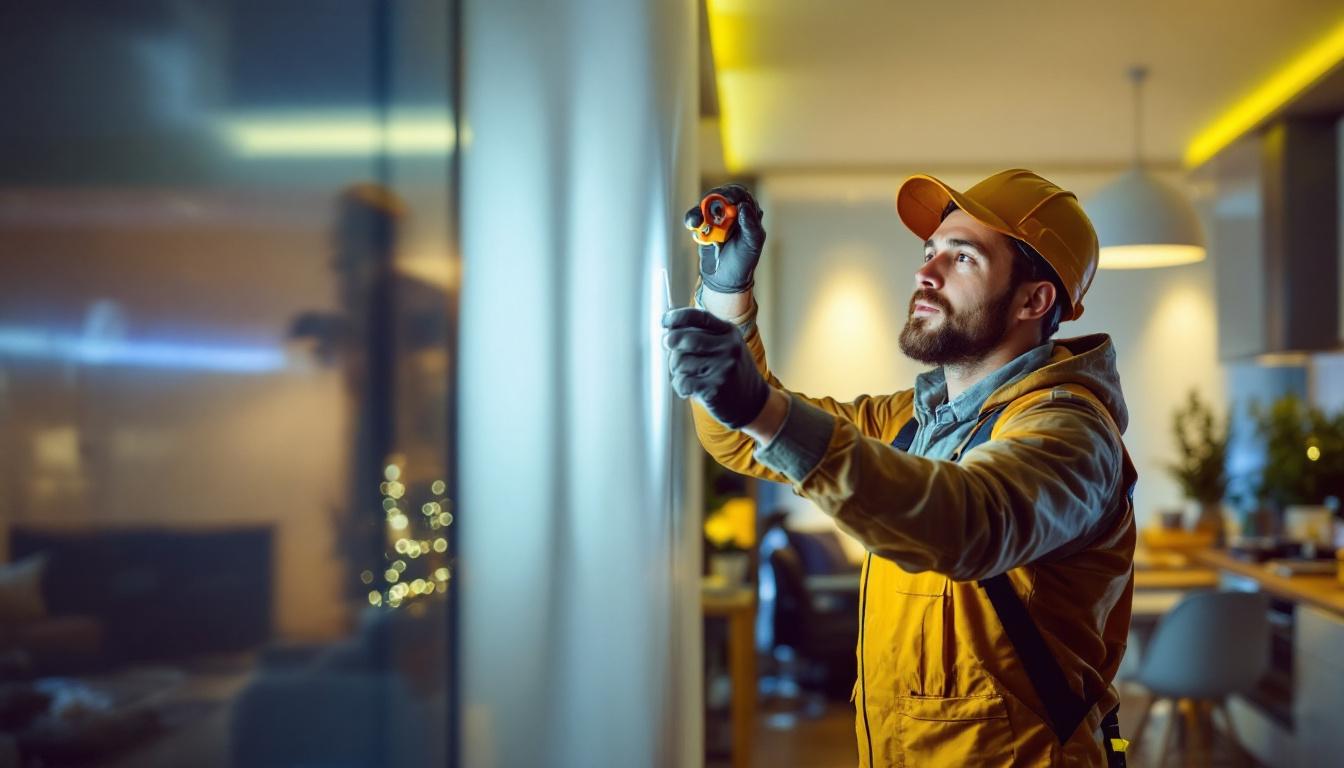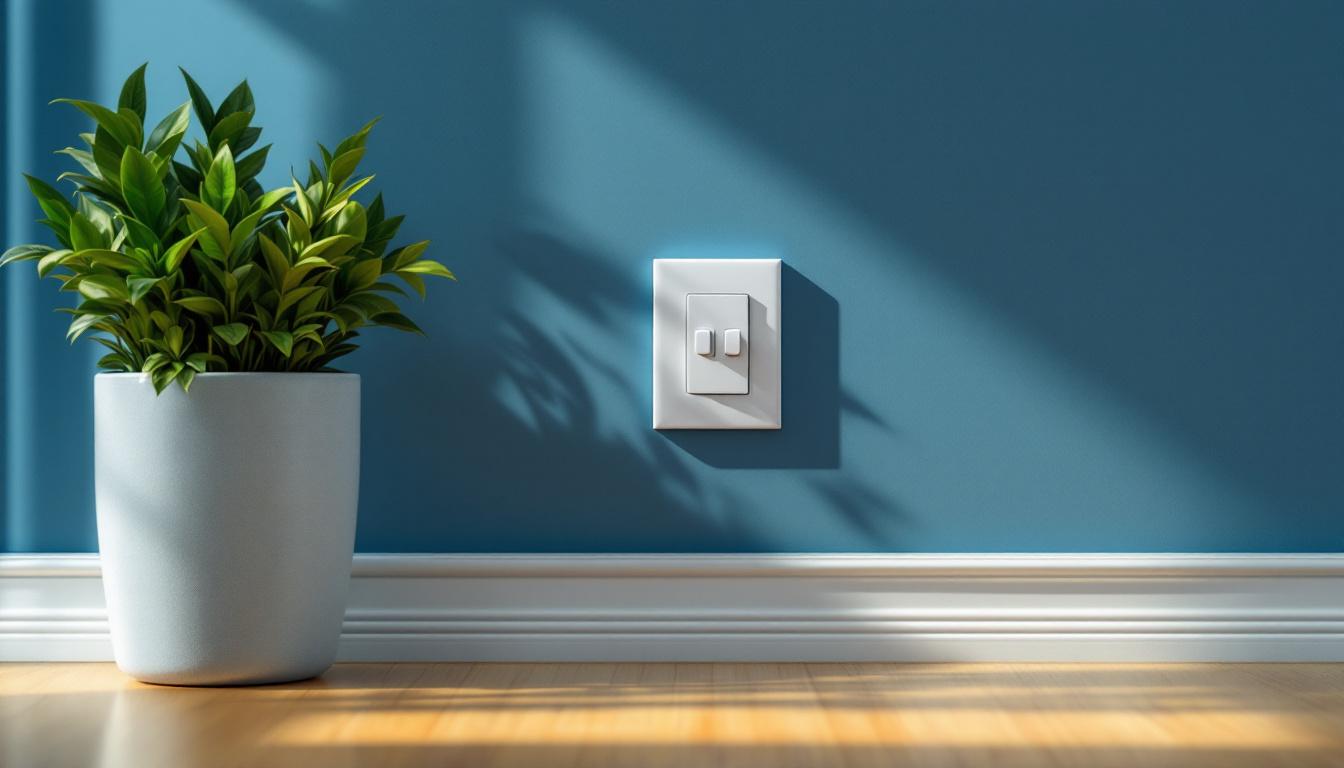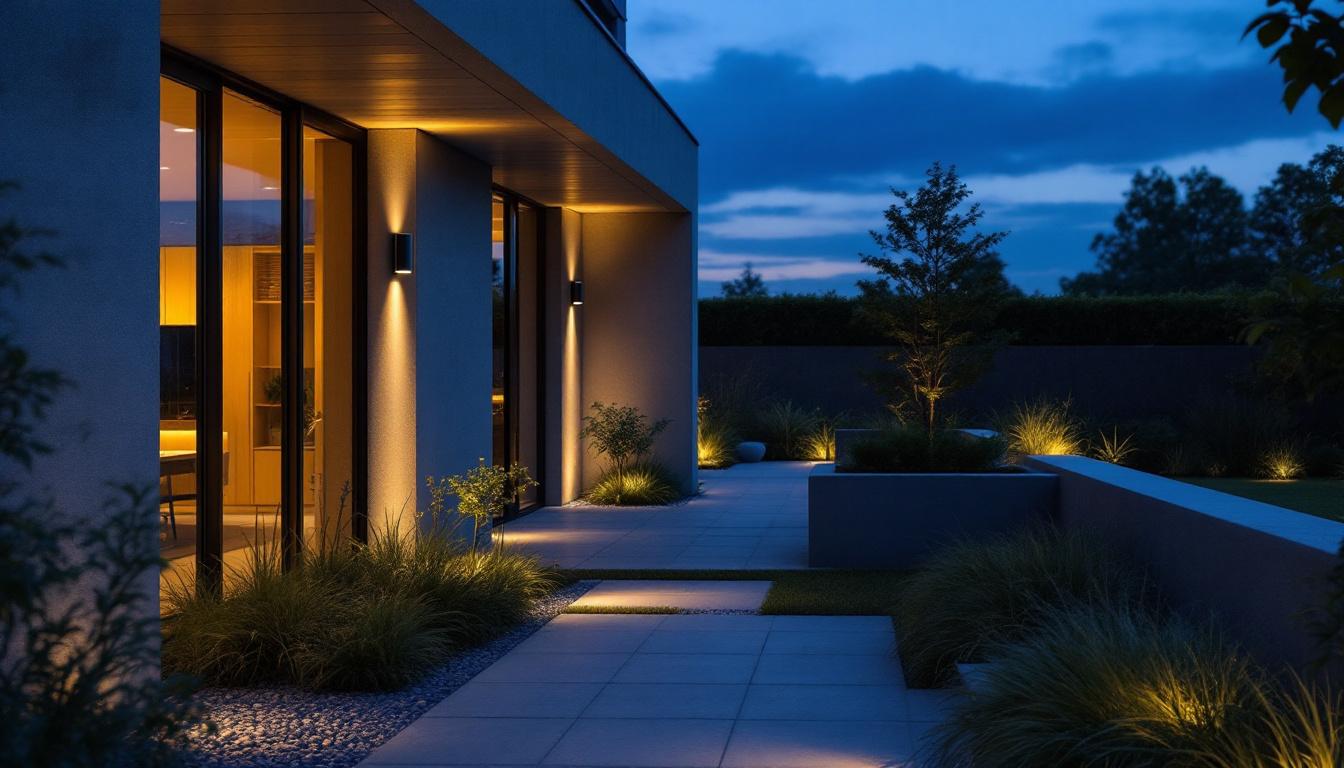
In the ever-evolving world of lighting solutions, LED strips have emerged as a versatile and efficient option for both residential and commercial applications. Among these, the 4-foot LED strip stands out for its adaptability and ease of installation. However, as with any product, there are pitfalls that lighting contractors must navigate to ensure successful implementation. This guide aims to highlight common challenges and provide insights to help contractors make informed decisions when working with 4-foot LED strips.
Before diving into the potential pitfalls, it is essential to grasp the fundamental characteristics of 4-foot LED strips. These strips typically consist of a flexible circuit board with multiple LED diodes mounted along its length, providing a continuous line of light. They are available in various color temperatures and brightness levels, making them suitable for diverse applications. The flexibility of these strips allows for easy installation in various locations, whether it be along the edges of shelves, under cabinets, or even within custom-built furniture. This adaptability is one of the reasons why LED strips have gained popularity among DIY enthusiasts and professional designers alike.
4-foot LED strips come in various types, including single-color, RGB, and tunable white options. Single-color strips are ideal for straightforward lighting tasks, while RGB strips allow for dynamic color changes, perfect for creating ambiance in entertainment spaces. Tunable white strips offer flexibility in color temperature, enabling users to adjust the warmth or coolness of the light according to their needs. Additionally, some LED strips come with built-in smart technology, allowing users to control them via smartphone apps or voice commands, further enhancing their usability and integration into modern smart home systems.
The versatility of 4-foot LED strips makes them suitable for a wide range of applications. They can be used for task lighting in kitchens, accent lighting in living rooms, or even as backlighting for televisions. Additionally, they are popular in commercial settings, such as retail stores and restaurants, where they enhance the overall aesthetic while providing functional illumination. Beyond these typical uses, 4-foot LED strips are also increasingly being employed in creative projects, such as art installations and themed events, where their ability to change colors and brightness can dramatically alter the atmosphere. Moreover, they can be utilized in automotive applications, providing stylish lighting options for car interiors, enhancing both safety and visual appeal.
While 4-foot LED strips offer numerous advantages, there are several pitfalls that lighting contractors should be aware of to avoid costly mistakes and ensure client satisfaction. Understanding these challenges can lead to better project outcomes and happier customers.
One of the most common issues encountered with LED strips is the power supply. Each strip has specific voltage and wattage requirements, and failing to provide adequate power can lead to dim lighting or complete failure. It is crucial to calculate the total wattage needed for the installation and select a power supply that meets or exceeds this requirement.
Additionally, using a power supply that is too powerful can also be problematic, as it may lead to overheating and damage to the LED strips. Always consult the manufacturer’s specifications and guidelines to ensure compatibility. It’s also worth noting that the length of the LED strip can affect power distribution; longer strips may require additional power supplies or boosters to maintain consistent brightness along the entire length.
Not all LED strips are created equal. The market is flooded with low-quality options that may seem appealing due to their lower price points. However, these products often lack durability and can result in inconsistent lighting performance. Contractors should prioritize sourcing high-quality LED strips from reputable manufacturers, ensuring that they meet industry standards for longevity and efficiency.
It is advisable to read reviews and seek recommendations from other professionals in the field to identify reliable brands. Investing in quality products upfront can save time and money in the long run by reducing the likelihood of returns and replacements. Furthermore, consider the warranty offered by manufacturers; a solid warranty can be an indicator of product reliability and the manufacturer’s confidence in their own offerings.
Installation plays a critical role in the performance of 4-foot LED strips. Improper installation can lead to a host of issues, including uneven lighting, flickering, and even damage to the strips themselves. Contractors should ensure that surfaces are clean and dry before applying adhesive-backed strips, as dirt and moisture can hinder adhesion.
Moreover, it is essential to follow the manufacturer’s installation guidelines closely. This includes proper spacing between strips, appropriate mounting methods, and ensuring that connections are secure. Taking the time to install correctly will enhance the overall effectiveness and lifespan of the lighting solution. Additionally, utilizing tools such as a level can help ensure that strips are installed straight, which not only improves aesthetics but also ensures that light is evenly distributed. Regularly checking for any signs of wear or damage post-installation can also help catch potential issues early, allowing for timely repairs and adjustments.
To mitigate the risks associated with 4-foot LED strips, contractors can adopt several best practices that promote successful implementation and client satisfaction. These practices not only enhance the quality of the installation but also improve the overall experience for both the contractor and the client.
Before commencing any project, thorough planning is essential. This includes assessing the space where the LED strips will be installed and determining the desired lighting effect. Contractors should take measurements and create a layout that considers the placement of the strips, power sources, and any necessary connectors or controllers.
Additionally, discussing the project with the client can provide valuable insights into their preferences and requirements. This collaborative approach ensures that the final outcome aligns with the client’s vision while also adhering to technical specifications. It is also beneficial to consider the architectural features of the space, such as ceiling height and wall color, as these factors can significantly influence how the light is perceived. By integrating these elements into the planning phase, contractors can create a more harmonious lighting design that enhances the overall ambiance of the area.
Before permanently installing LED strips, it is wise to test them in the intended environment. This allows contractors to assess the brightness, color temperature, and overall effect of the lighting. Testing can also help identify any potential issues with power supply or compatibility, allowing for adjustments before the final installation.
Using temporary mounting methods, such as clips or tape, can facilitate this testing phase. Once the desired effect is achieved, contractors can proceed with permanent installation, confident that the chosen configuration meets both aesthetic and functional requirements. Moreover, testing in various lighting conditions—such as during the day and at night—can provide a comprehensive understanding of how the LED strips will perform in real-world scenarios. This step can prevent surprises post-installation, ensuring that the lighting remains effective and visually pleasing at all times.
Clients may not fully understand the capabilities and limitations of LED strips. Educating them about the product can enhance their overall experience and satisfaction. Contractors should explain the benefits of LED technology, such as energy efficiency and longevity, as well as any maintenance requirements.
Providing clients with information on how to operate any controllers or dimmers can also empower them to make the most of their new lighting system. This level of engagement fosters trust and can lead to repeat business and referrals. Additionally, offering insights into the potential for future upgrades or expansions can excite clients about their investment. For instance, discussing the possibility of integrating smart home technology with their LED strips can open up new avenues for customization and control, ensuring that clients feel their lighting solutions are not only current but also future-proof.
Even with careful planning and installation, issues may arise with 4-foot LED strips over time. Understanding basic maintenance and troubleshooting techniques can help contractors address problems efficiently and keep clients satisfied.
Conducting regular inspections of the installed LED strips can help identify issues before they become significant problems. Contractors should look for signs of wear, such as flickering lights or discoloration, which may indicate a need for replacement or repair. Regular maintenance can extend the lifespan of the lighting system and ensure consistent performance.
Additionally, checking connections and power supplies during these inspections can help prevent unexpected failures. Keeping a maintenance log can also be beneficial, documenting any issues and their resolutions for future reference.
When problems do arise, having a troubleshooting guide can be invaluable. Common issues with LED strips include flickering, dimming, or complete failure. Contractors should first check the power supply to ensure it is functioning correctly and providing adequate voltage.
If the power supply is functioning, the next step is to inspect the connections between the strips and the power source. Loose or damaged connections can lead to inconsistent performance. In cases where individual LED segments are not lighting, it may be necessary to replace the affected section of the strip.
4-foot LED strips present an excellent opportunity for lighting contractors to enhance their projects with versatile and energy-efficient lighting solutions. By understanding the potential pitfalls and adopting best practices for implementation, contractors can ensure successful installations that meet client expectations.
From careful planning and quality product selection to proper installation and ongoing maintenance, each step plays a crucial role in the overall success of the project. By prioritizing education and communication with clients, contractors can foster strong relationships and encourage repeat business.
In a competitive market, staying informed about the latest trends and technologies in LED lighting will also help contractors maintain an edge. Embracing innovation while adhering to best practices will ensure that lighting contractors can navigate the complexities of 4-foot LED strips with confidence and expertise.
Ready to elevate your lighting projects with the best 4-foot LED strips on the market? Look no further than LumenWholesale, where we offer spec-grade lighting products that combine quality and affordability. Say goodbye to local distributor markups and hello to our unbeatable wholesale prices. With our extensive selection, you’ll find the perfect lighting solution that adheres to the highest industry standards. Plus, enjoy the convenience of free shipping on bulk orders, ensuring you get the most value without any hidden costs. Make your next installation a breeze and give your clients the exceptional lighting they deserve. Visit LumenWholesale now for Wholesale Lighting at the Best Value.

Discover essential tips from lighting contractors on maximizing efficiency with solar-powered LED spotlights.

Discover innovative cost-saving strategies for lighting contractors with our comprehensive guide on hanging lamp brackets.

Explore the benefits of switchable wall outlets for lighting contractors.

Discover how LED external flood lights can transform your lighting projects into sustainable, energy-efficient solutions.